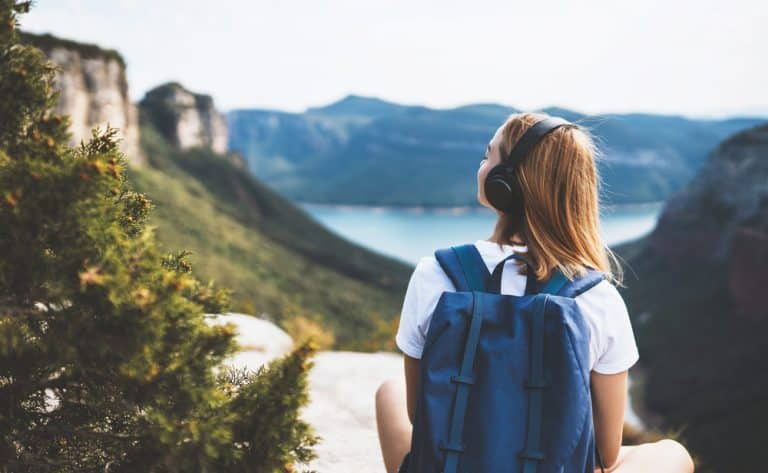For many people, travelling by motorhome or tent is the epitome of freedom. Unbound, you can travel from one place to the next and to different countries, make new discoveries and experience adventures. To make your camping trip an unforgettable experience, you should think about a few things in advance: Which country do I want to travel to? Where are public campsites located? What do I have to take with me?
In this guide, we take you into the world of camping and show you the most beautiful places on earth where campers get their money’s worth.
1. Canada
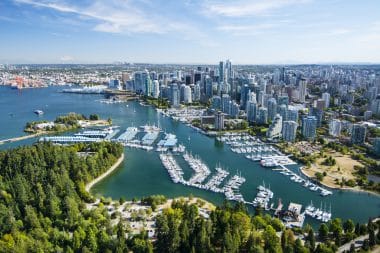
Canada is crisscrossed by impressive mountain and lake landscapes. If you are looking for unspoilt nature and solitude, this is the place for you. Many campsites are located in the middle of impressive landscapes and invite you to linger longer. Good to know: This country is more sparsely populated and extensive than almost any other.
A trip to Canada is therefore worthwhile for all those who want to gain new energy and strength from loneliness . But the huge country also has a lot to offer in terms of cities and culture . The coastal city of Vancouver is often recommended as the starting point of the trip. This is located at the lower tip of British Columbia and is nestled between the mountains and the sea.
The largest city in Canada is Toronto and is now considered one of the trendiest metropolises in the country. From there, you can reach the famous Niagara Falls within 1.5 hours by motorhome, with campsites nearby.
2. Sweden: Land of 1,000 Lakes
Off to the water is the name of the game on a motorhome trip to Sweden. Or to put it another way: Numerous lakes, islands, forests and even glaciers are waiting to be discovered there. Due to its idyllic landscape, the south of the country has always been particularly popular with holidaymakers from all over the world. Here you can canoe on the lake or explore field and forest paths by bike.
If that’s too lonely for you, you should pay a visit to the fishing villages on the Swedish west coast. Seafood is offered there all year round. Paddle and boat tours are also possible without any problems. The region with the most lakes is the historic province of Dalsland.
3. France
To get from Germany to France, all you have to do is cross the border and you’ll find varied natural landscapes characterized by deep forests and steep cliffs . A popular travel destination, for example, is the Côte d’Azur, which is not called the jewel of Provence for nothing and has azure blue water as well as picturesque coastal towns to offer.
Things are a little quieter in Brittany , through which numerous hiking trails run along rugged coasts and tranquil villages. For campers, there are numerous campsites with different levels of comfort . In this way, you can experience French nature and culture up close.
4. Croatia
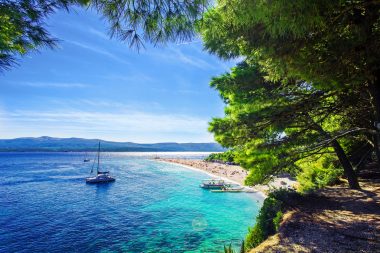
In addition to exciting natural sites such as beaches, islands and mountains, the country of Croatia also has a cultural heritage steeped in history . In addition, Mediterranean cuisine has a lot to offer. Among the most famous national parks in Croatia are the Krka and Plitvice Lakes National Parks.
Special tips for the Croatia trip are also the towns of Brac, also known as the island of white limestone, or the Blue Grotto Bisevo. Those interested in culture will be captivated by the Pula Amphitheatre , where concerts or film events can be enjoyed in a magical atmosphere.
5. USA
The USA is not only ideal for a motorhome trip. This country is even known for its motorhome culture. It is not without reason that it is also called the land of unlimited opportunities. Here you will find a seemingly endless selection of natural and culturally influenced landscapes. Well-known examples are the red desert areas around the Grand Canyon or the dense forests that stretch from Maine to Florida.
A big advantage: You don’t have to look long for campsites in the USA, because they are literally on every corner. It is also not uncommon to find legal overnight accommodation in some Walmart parking lots.
6. Sardinia in Italy
For many campers, it is a big goal to travel through Italy with a motorhome. There is a lot to discover here not only in terms of landscape, but also in culinary and cultural terms. A special highlight on the trip to Italy is the beautiful island of Sardinia. White sandy beaches, 2,000 kilometres of coastline and romantic towns to fall in love with characterise them. The journey can be easily made by ferry , for example as part of a round trip to Italy.
7. Germany
Last but not least, Germany also has a lot to offer for campers. Particularly noteworthy are the castles and mountains of the Allgäu, rugged rock formations in the Elbe Sandstone Mountains of Saxon Switzerland and the natural sandy beaches of the Baltic Sea. On Rügen you will find a white chalk landscape.
But even if you don’t want to go to the most popular places, you can find great camping opportunities in Germany. For example, a trip on the German Volcano Road , which leads through the German Eifel, past castles and other sights, is a good idea.
Choosing the right destination: a matter of taste
Each of the suggested travel destinations is different and has a special landscape, flora and fauna. We recommend that you thoroughly inform yourself about geographical, climatic and other relevant conditions in the destination country before starting your trip. Which ones are decisive for the choice depends on your own demands and needs , for example on whether you want to spend an active or an all-round relaxed holiday.
Plan your itinerary
Without a doubt, travelling by motorhome impresses above all with its numerous possibilities. Because you can decide on your own destination and duration of the trip and are not dependent on available accommodation, you can enjoy absolute freedom. In order to get as much out of the trip as possible, we still recommend setting up a rough location and schedule . Too large stages per day should not be approached so as not to jeopardize the recreational effect of the trip. It makes sense, for example, to cover about 150 to 200 kilometres per day in a motorhome.
To plan which cities and sights you want to see, you can use guides on the Internet . Alternatively, it can be useful to exchange ideas with other motorhome travellers in forums.
The conclusion: Enjoy camping holidays all over the world
Traveling by motorhome has many advantages over other options. This way you can experience nature up close and are not dependent on free rooms in hotels or other accommodations. Furthermore, this form of travel has the advantage that you can cover many kilometers per day and thus discover as much of the respective country as possible.
Which country is best to travel to should be based on your own demands and needs. Nature lovers will find great locations in Sweden, Canada and France, for example. Camping in the USA also has the advantage that there are campsites and tent sites on every corner.



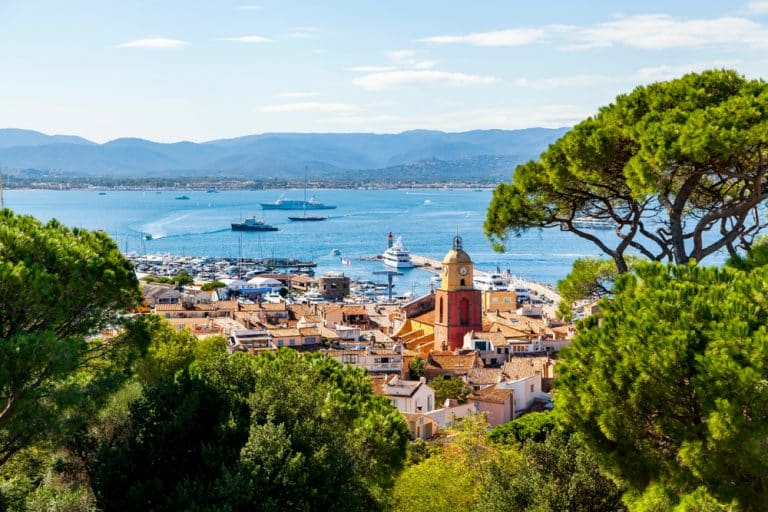
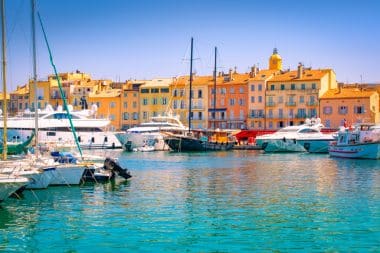
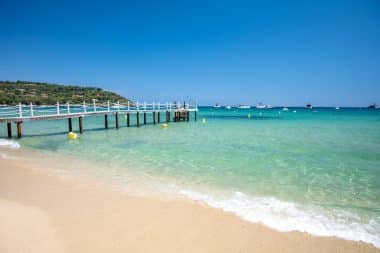
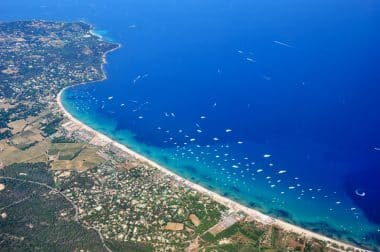
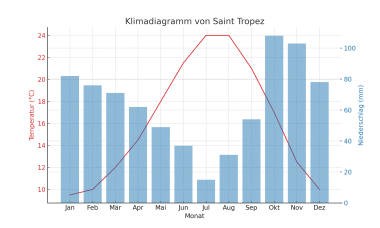
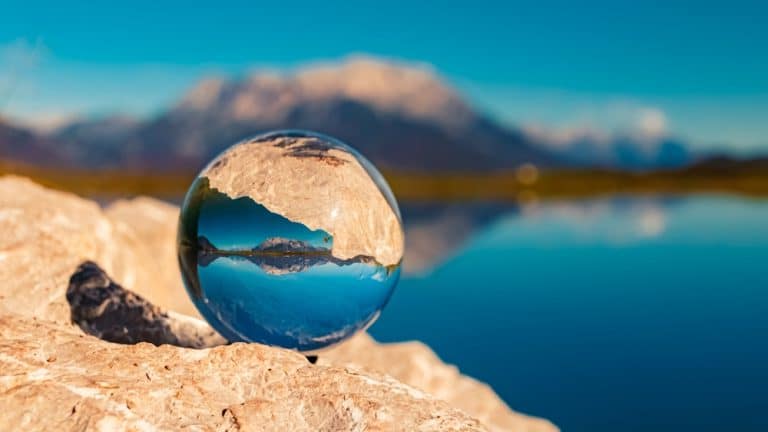
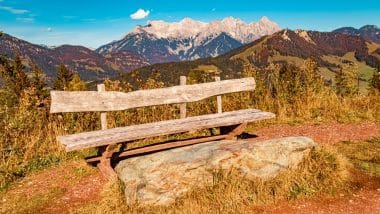
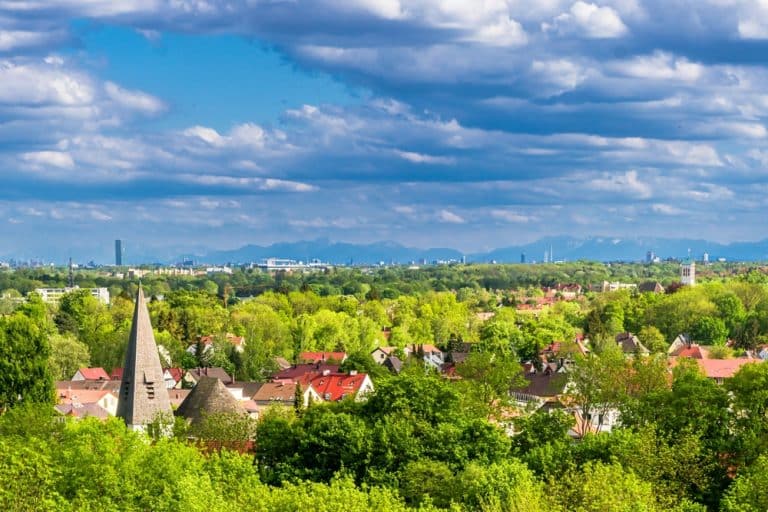
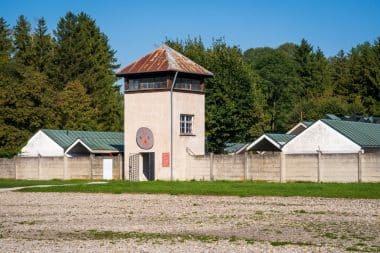
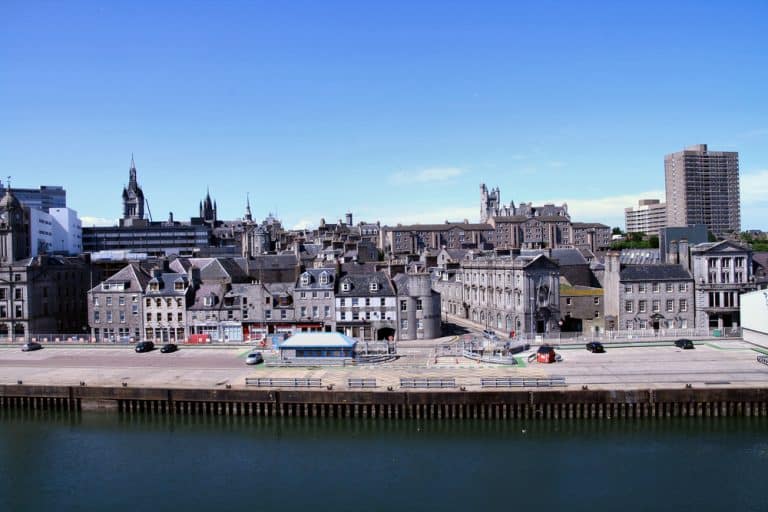


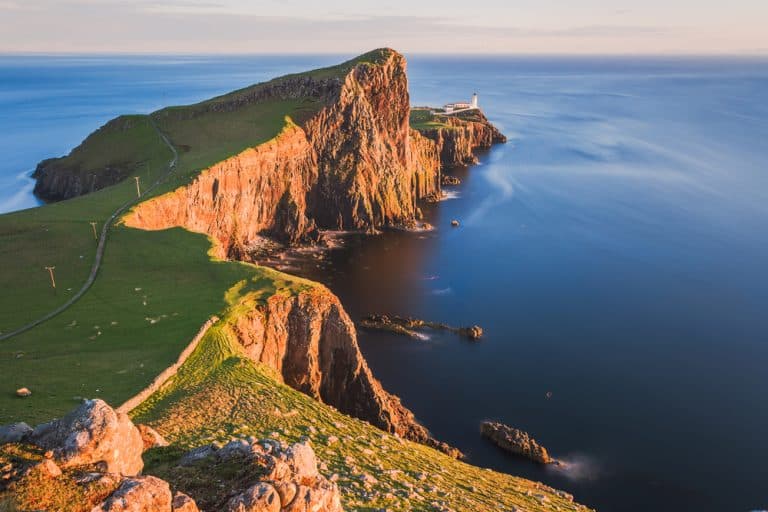
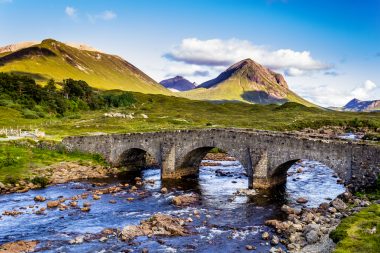
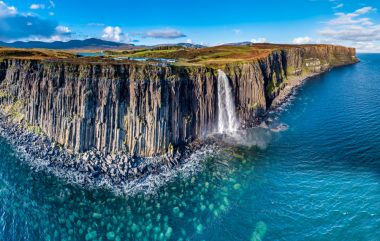
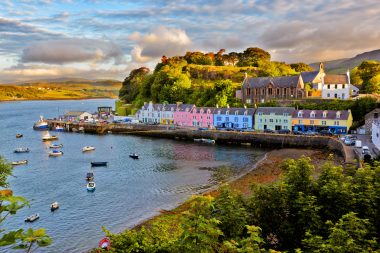
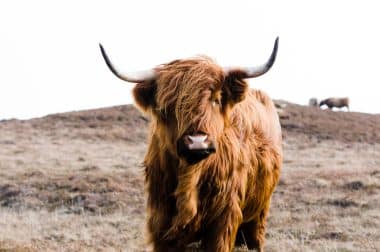
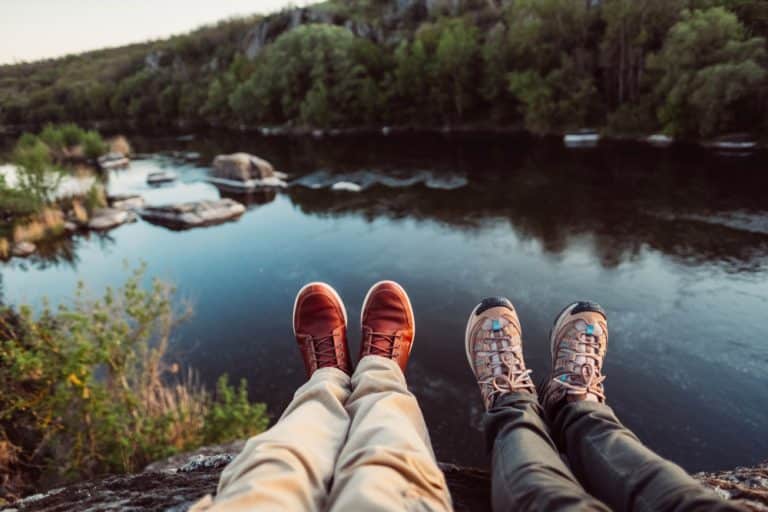
 2. Convenience
2. Convenience